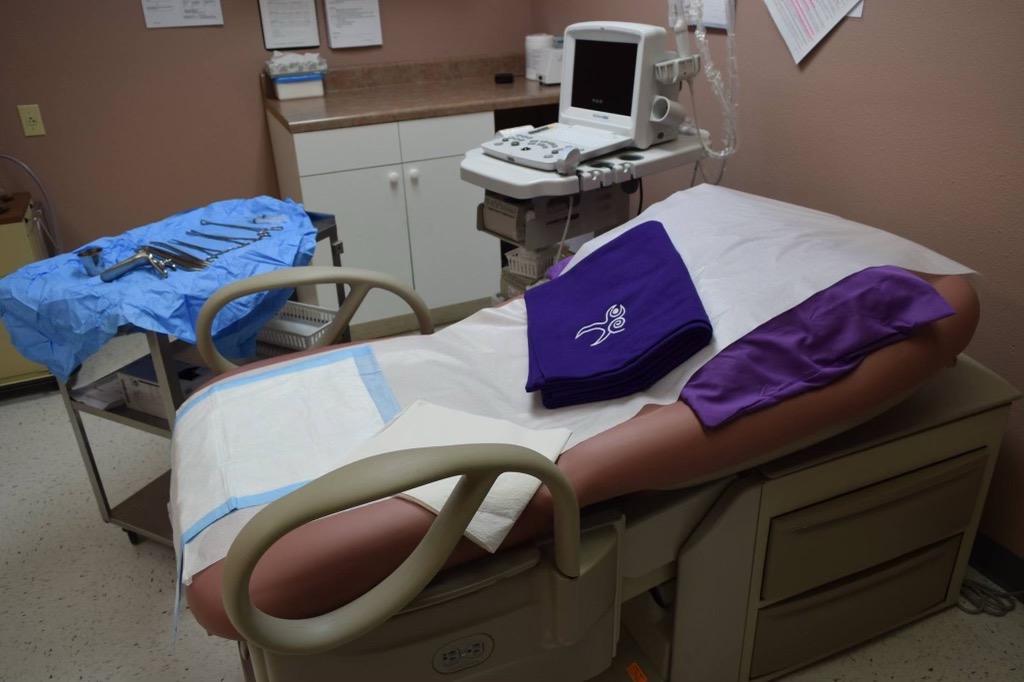WHOLE Woman's Health
Whole Woman’s Health is a Group of Abortion Clinics and Nationwide Virtual Abortion Pill Provider. We provide abortion procedures, birth control, medication abortion and more. If you’ve asked yourself “how much does an abortion cost?” or “is there an abortion clinic near me?”, then look no further. Whole Woman’s Health has everything you need.
Find Us Online
Corpus Christi TX, McAllen TX, Harlingen TX, Edinburg TX, Laredo TX, Rio Grande City TX, Brownsville TX, Weslaco TX, Pharr TX, Mission TX, San Juan TX, Monterrey Mexico, Reynosa Mexico, Mazatlan Mexico, Durango City Mexico, Torreon Mexico, Chihuahua City Mexico, Hermosillo Mexico, San Antonio TX, Austin TX, Temple TX, College Station TX, Houston TX, Killeen TX, Waco TX, San Marcos TX, Seguin TX, Fredericksburg TX, Marble Falls TX, Giddings TX, Breham TX, Katy TX, Sugar Land TX, Llano TX, Columbus TX, La Grange TX, Fort Worth TX, Dallas TX, Abilene TX, Lubbock TX, Arlington TX, Irving TX, Mineral Wells TX, Plano TX, Corsicana TX, Weatherford TX, Stephenville TX, Gainesville TX, Bowie TX, Decatur TX, Granbury TX, Comanche TX, Hillsboro TX, Eastland TX, Ranger TX, Jacksboro TX, Graham TX, Frisco TX, Garland TX, Denton TX, Greenville TX, Denison TX, Commerce TX, Sherman TX, Sulphur Springs TX, Canton TX, Longview TX, Tyler TX, Paris TX, Mineola TX, Waxahachie TX, Durant OK, Ardmore OK, Baltimore MD, Bel Air MD, Towson MD, Pikesville MD, Owings Mills MD, White Marsh MD, Parkville MD, Lutherville MD, Timonium MD, Middle River MD, Essex MD, Hampton MD, Dundalk MD, Ellicott City MD, Arbutus MD, Halethorpe MD, Catonsville MD, Woodlawn MD, Cockeysville MD, Edgewood MD, Glen Arm MD, Westminster MD, Eldersburg MD, Hampstead MD, Glen Burnie MD, Columbia MD, Aberdeen MD, Stevensville MD, Centreville MD, Easton MD, Denton MD, Chestertown MD, Rosedale MD, Nottingham MD, Abingdon MD, Shrewsbury PA, Hanover PA, Gettysburg PA, York PA, Lancaster PA, South Bend IN, Elkhart IN, Middlebury IN, Goshen IN, Bristol IN, New Carlisle IN, North Liberty IN, La Porte IN, Michigan City IN, Portage IN, Plymouth IN, Wanatah IN, Lakeville IN, Walkerton IN, Nappanee IN, Bremen IN, Westville IN, Gary IN, Angola IN, Mishawaka IN, New Buffalo MI, Niles MI, Sawyer MI, Cassopolis MI, Benton Harbor MI, Constantine MI, Sturgis MI, Dowagiac MI, Alexandria VA, Woodbridge VA, Arlington VA, Manassas VA, Fairfax VA, Fredericksburg VA, Stafford VA, Falls Church VA, Ashburn VA, McLean VA, Springfield VA, Tysons VA, Lorton VA, Chantilly VA, Centreville VA, Reston VA, Dale City VA, Waldorf MD, Oxon Hill MD, Friendly MD, Fort Washington MD, Temple Hills MD, Suitland MD, Camp Springs MD, Washington DC, Charlottesville VA, Harrisonburg VA, Harrisburg VA, Lynchburg VA, Staunton VA, Culpeper VA, Waynesboro VA, Fishersville VA, Massanutten VA, Lexington VA, Appomattox VA, Farmville VA, Luray VA, Front Royal VA, Zion Crossroads VA, Scottsville VA, Elkton VA, Stanardsville VA, Ruckersville VA, Orange VA, Mineral VA, Louisa VA, Gordonsville VA, Richmond VA, Stuarts Draft VA, Minneapolis MN, St. Paul MN, Brooklyn Center MN, Brooklyn Park MN, Bloomington MN, Plymouth MN, Saint Cloud MN, Burnsville MN, Coon Rapids MN, Fridley MN, Maple Grove MN, Blaine MN, Rochester MN, Duluth MN, Woodbury MN, Eagan MN, Eden Prairie MN, Lakeville MN, Minnetonka MN, Apple Valley MN, Edina MN, St. Louis Park MN, Moorhead MN, Mankato MN, Shakopee MN, Maplewood MN, Cottage Grove MN, Richfield MN, Roseville MN, Inver Grove Heights MN, Andover MN, Savage MN, Oakdale MN, Winona MN, Shoreview MN, Ramsey MN, Chaska MN, Prior Lake MN, Owatonna MN, White Bear Lake MN, Chanhassen MN, Austin MN, Champlin MN, Elk River MN, Rosemount MN, Faribault MN
©2024 Whole Woman's Health
Website & SEO By: Partners For Choice



